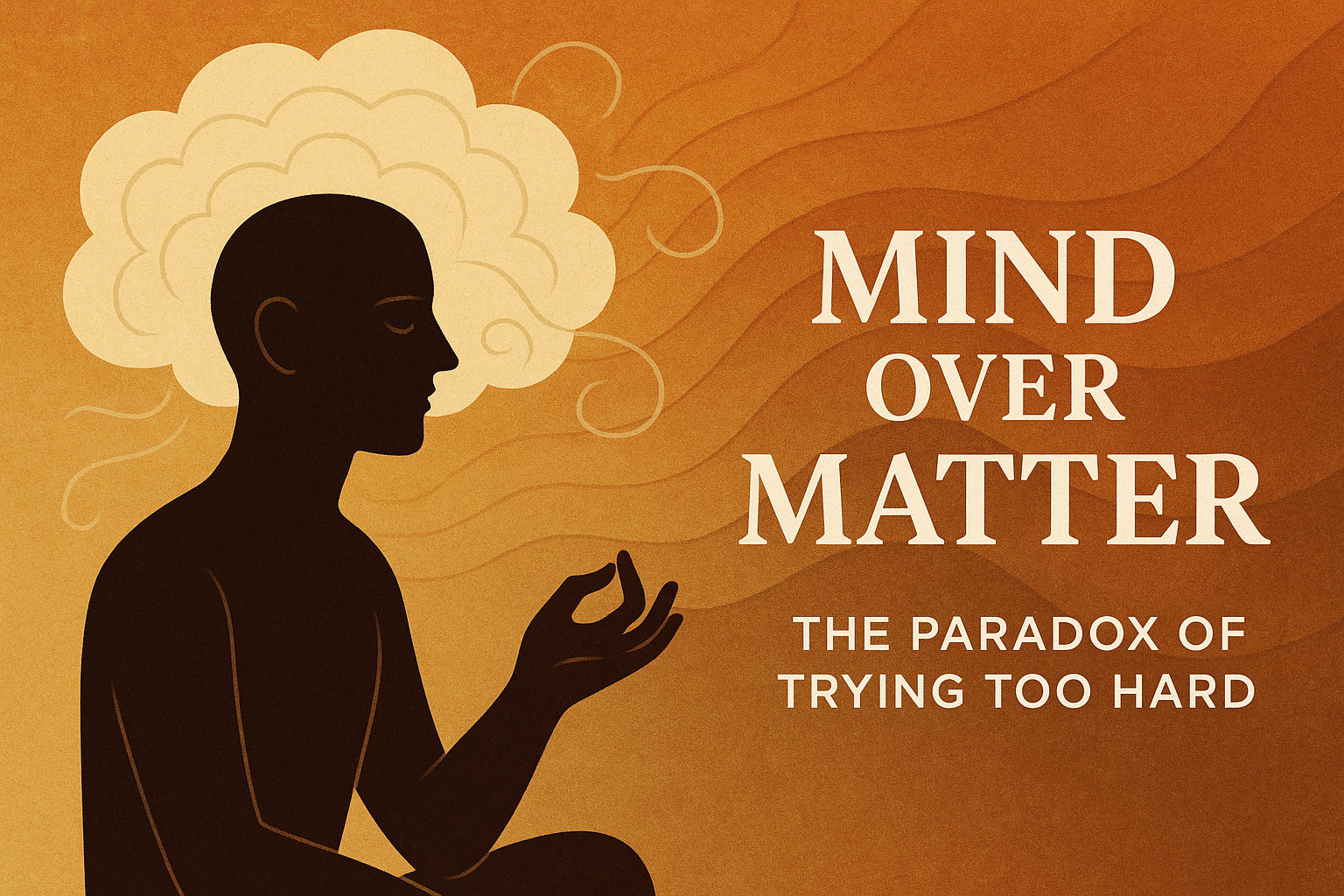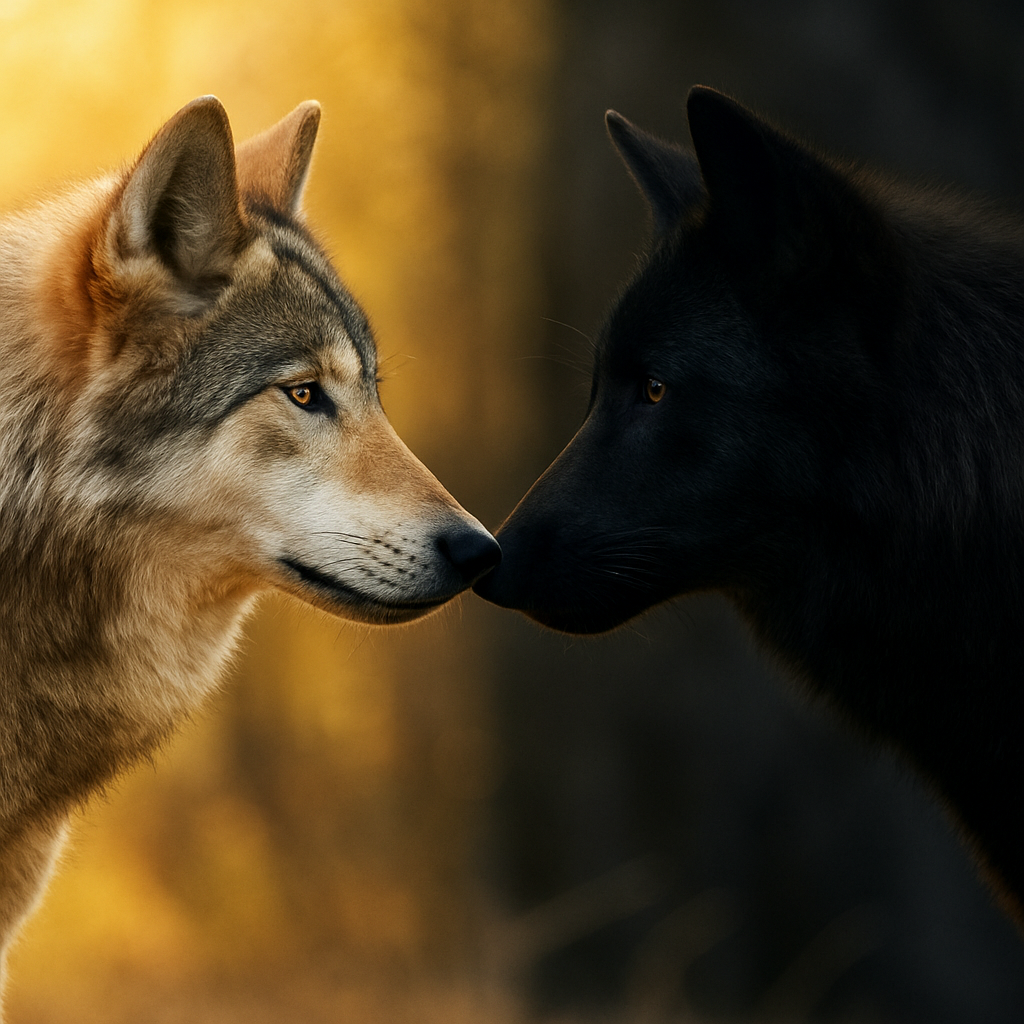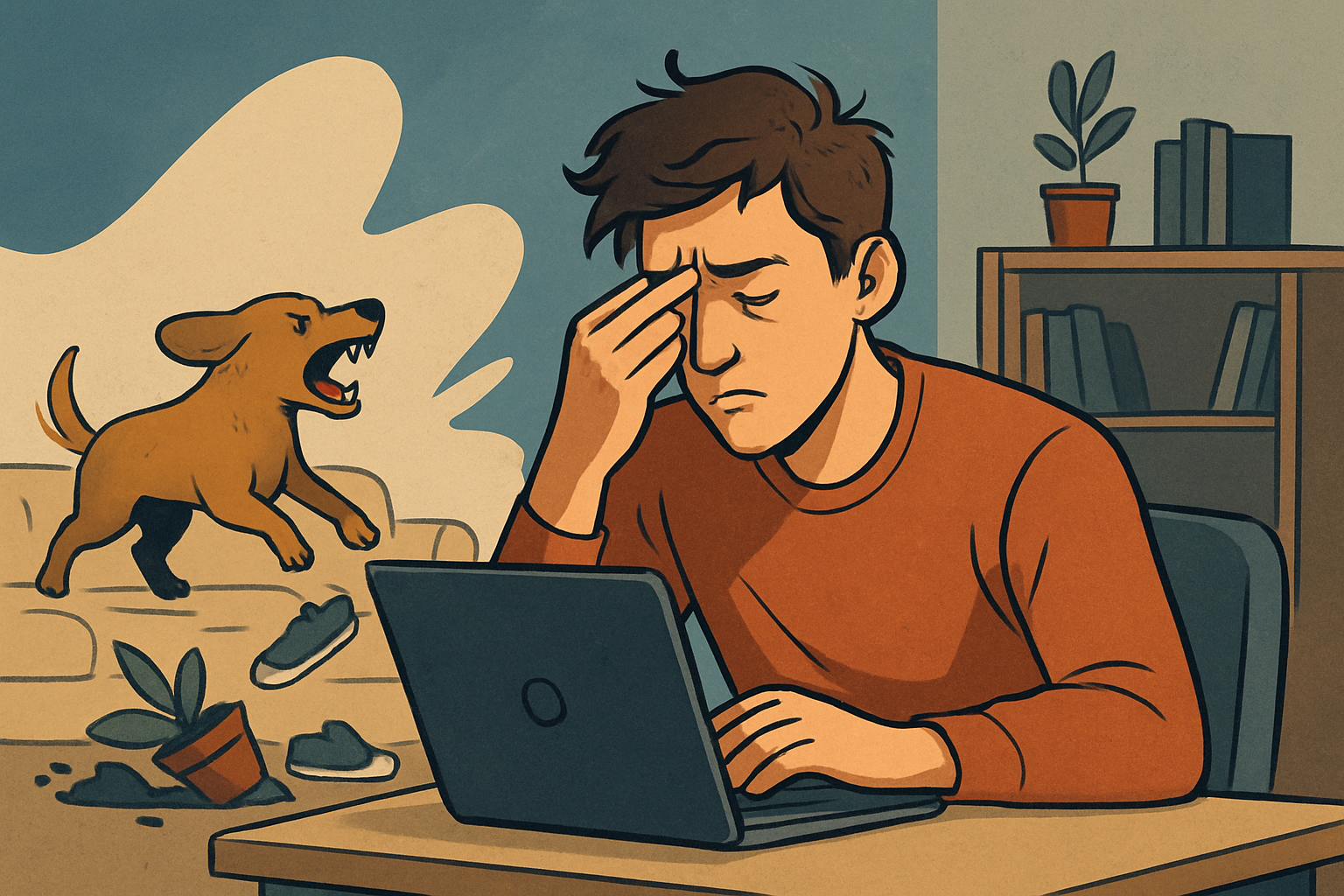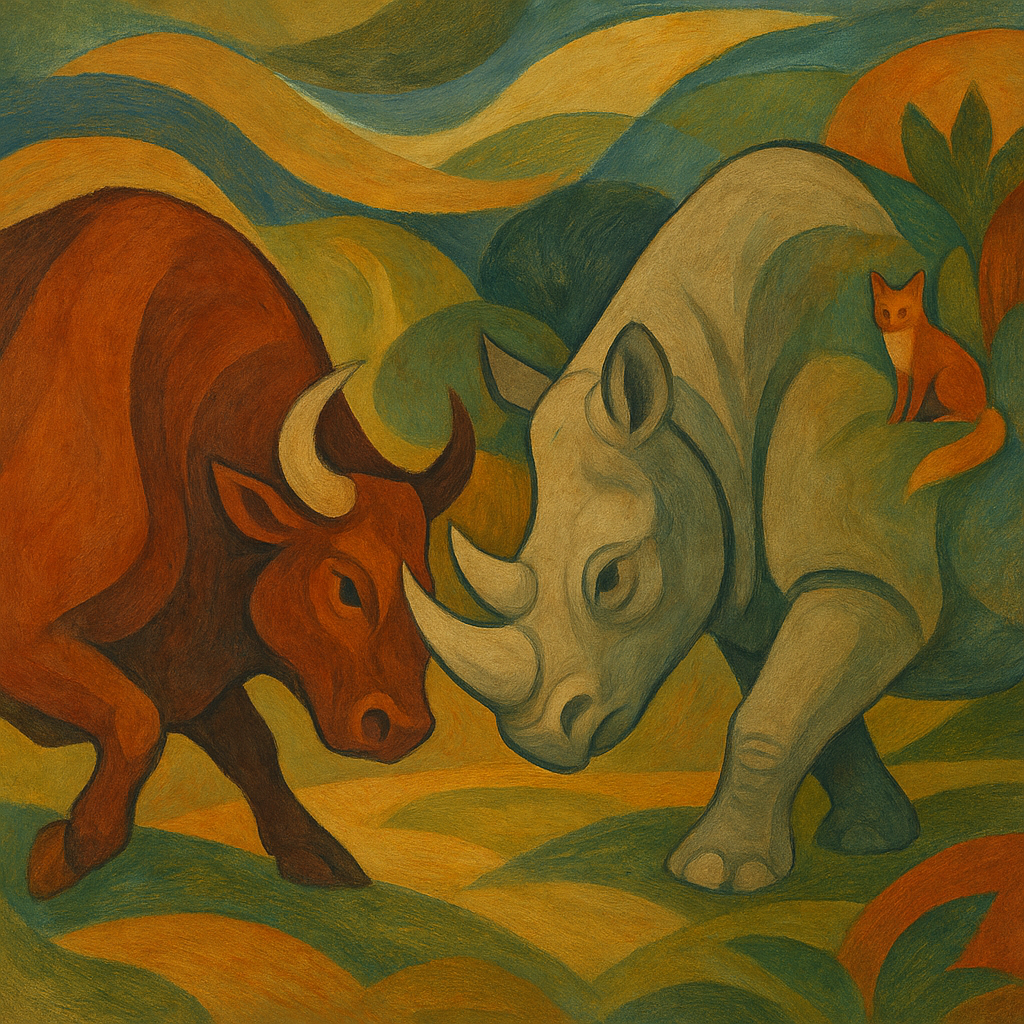How to Express Feelings Without Words
When Emotions Go Beyond Language
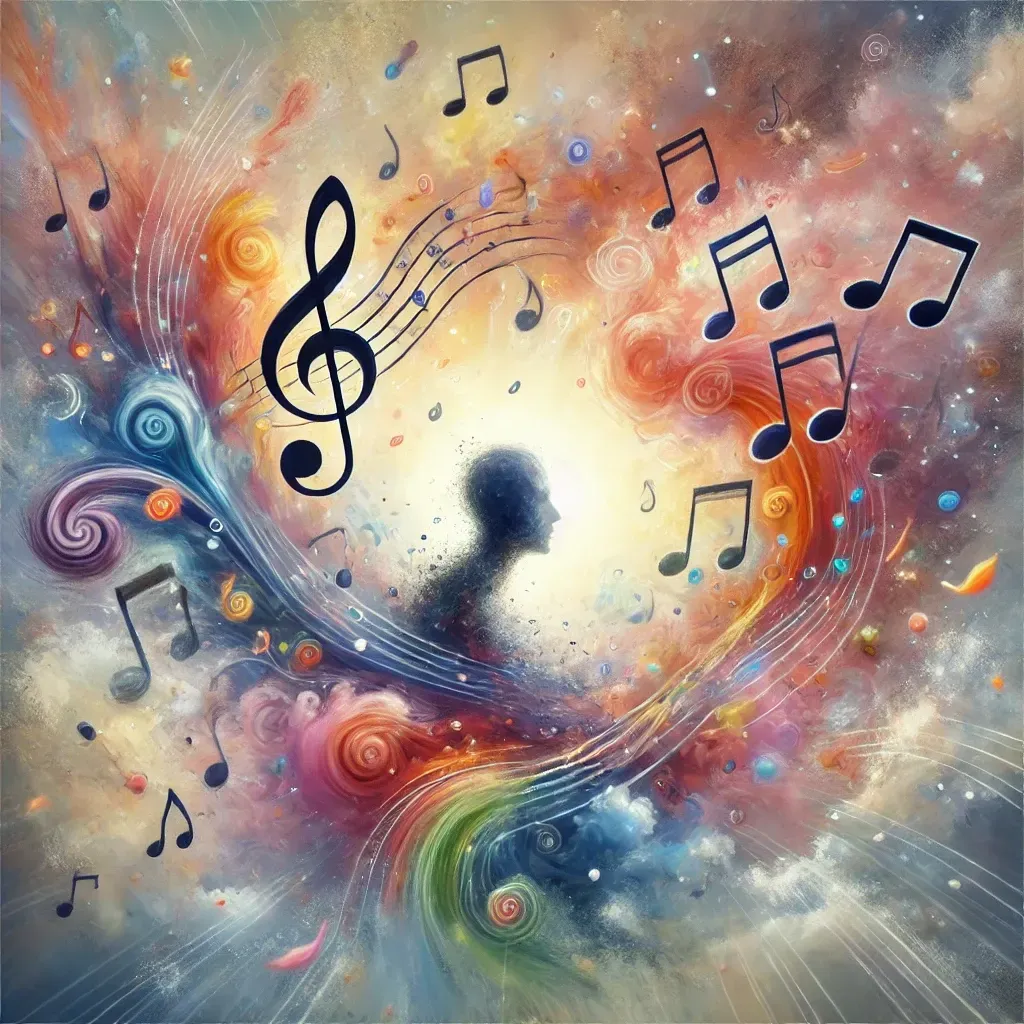
Some feelings defy language. They can be so profound, raw, or complex that words alone can’t capture them. Whether it’s the ache of loss, the exhilaration of love, or the tension of anticipation, certain emotions resist definition, slipping beyond what language can reach. But we’re not limited to words. Creative expression opens the door to releasing feelings that words can’t contain, allowing us to communicate in a language of colors, sounds, textures, and movement.
The Limits of Language
Words, while powerful, have boundaries. Language allows us to connect, share ideas, and give meaning to our experiences, but some feelings exist in a realm where words fall short. Trying to explain love, for instance, often feels inadequate; describing grief in sentences rarely reflects its depth. In these cases, words may only skim the surface of emotions that run far deeper.
Artistic and creative expression is a powerful way to bridge that gap. It offers a unique, boundless form of communication that lets emotions emerge in a way words can’t. Painting, music, dance, or even a quiet walk through nature become vehicles for conveying emotions in their pure, unfiltered form.
How Creative Expression Communicates Without Words
Creative expression doesn’t require a logical sequence or structured explanation. It allows us to share our inner experiences in a way that’s authentic and unrestricted. Here are a few ways creative expression taps into the feelings that words can’t reach:
- Visual Art: Through colors, textures, and shapes, visual art allows emotions to materialize. A painting, for instance, can capture the chaos of anger with bold strokes or the calm of reflection with soft colors. Art gives the viewer a sense of what’s within the artist’s mind without relying on explanation.
- Music: Music has a unique power to evoke and convey emotions instantly. A melody or rhythm can tap into feelings of nostalgia, joy, sadness, or peace, bypassing language entirely. Music allows listeners to “feel” the emotion in its raw form, connecting them to the artist’s experience.
- Dance and Movement: Dance uses the body as an instrument of emotion, expressing energy, passion, and vulnerability in motion. Movement, whether it’s a fast-paced dance or a slow, flowing routine, can embody the feelings we often can’t explain, allowing us to share the inner world through physical expression.
- Writing in Symbols or Freeform: Sometimes, even in writing, breaking free from structure or traditional language can help. Poetry, abstract phrases, or even doodling on paper can give form to emotions in a way that typical narrative writing might restrict.
Creating Without Pressure to Explain
The beauty of expressing feelings without words is that there’s no pressure to explain or rationalize them. You don’t need to justify why you painted in reds and blacks or chose a certain tempo for your music. In creative expression, the outcome doesn’t need to “make sense” to others because it’s about letting go of logic and allowing yourself to be fully immersed in the experience.
This kind of expression offers liberation. It frees you from the need to explain your feelings and instead lets you experience and share them in their purest form. When you’re not limited by words, you open the door to express the depths of emotions as they truly are.
Finding Your Own Way to Express Emotion
There’s no one-size-fits-all approach to expressing emotions through creativity. It’s about finding a form that resonates with you personally. If you’re not sure where to start, experiment with different mediums:
- Try Sketching or Painting: You don’t have to be a professional artist. Let colors and shapes flow onto the page without overthinking. Let the brush or pencil become an extension of your feelings.
- Explore Music: Play an instrument, sing, or listen to music that mirrors your emotions. You can create playlists to match your mood or play notes that resonate with how you feel, letting sound express what words cannot.
- Move Your Body: Dance, stretch, or even take a walk. Physical movement can channel emotions in a powerful way. You may be surprised how simply moving with intention can release built-up tension or bring a sense of calm.
- Free Write or Journal: Let go of grammar and structure and let the pen move. Allow yourself to write freely, without editing or censoring. This can help you tap into subconscious feelings that might be hard to articulate otherwise.
The Healing Power of Non-Verbal Expression
When we give ourselves permission to express feelings without words, we tap into a powerful form of emotional release. It’s like opening a valve, allowing pent-up emotions to flow out without judgment or restriction. Expressing feelings creatively can be deeply healing, helping us process emotions that might feel overwhelming or confusing when contained.
Research shows that engaging in creative activities, especially those that don’t require words, can reduce stress, lower anxiety, and improve mental clarity. Non-verbal expression has the unique ability to bypass mental barriers and help us understand ourselves on a deeper level. This release can be especially powerful in times of grief, loss, or intense joy—moments when words simply aren’t enough.
Final Thoughts
When words fail, creative expression steps in, offering us a language as vast and complex as our emotions. Through art, music, movement, and freeform writing, we can give form to the feelings that live beyond words. Creative expression allows us to communicate what we may not understand fully, to explore the depths of our inner worlds, and to share what’s most personal without ever having to explain it.
The next time you feel an emotion you can’t put into words, consider turning to creative expression. Let your emotions find their voice through colors, sounds, and movement. In doing so, you may discover a deeper understanding of yourself—and a beautiful way to connect with others, no words needed.
Share

